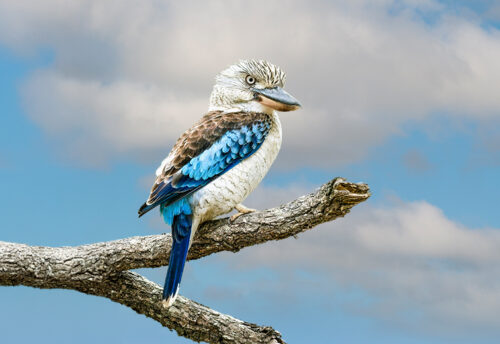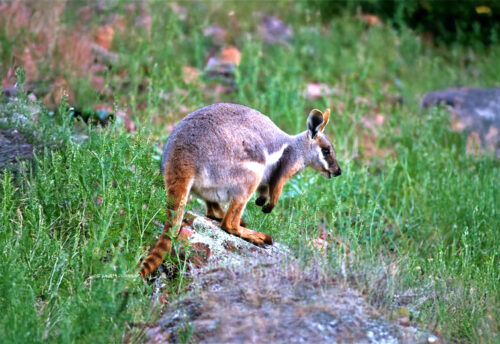
The hazel dormouse, aka common dormouse, can be found throughout most of Europe, western Asia, and into the Middle East. These little critters prefer to inhabit deciduous woodlands, hedgerows, and scrub habitats. Even though they are threatened by habitat loss at the hands of residential and commercial developments, logging, farming, & ranching; and climate change, these little mice are still abundant and listed as Least Concern by the IUCN. Their population trend is unknown.
First the Stats…
Scientific name: Muscardinus avellanarius
Weight: Up to .71 ounce
Length: Up to 3.5 inches, plus up to a 3 inch tail
Lifespan: Up to 5 years
Now on to the Facts!
1.) They are the only living species in the genus Muscardinus.
2.) In a 2020 study it was discovered that hazel dormice in Britain have declined by upwards of 51% since 2000. This is chiefly due to habitat loss and climate change warming the climate.
3.) Dormice rarely travel farther then 230 feet from their nest.
4.) Like so many other mice, these critters are nocturnal (active at night).
5.) They are primarily arboreal (spend their lives in bushes and trees), and attempt to make every effort to stay off the ground.
But wait, there’s more on the hazel dormouse!
6.) Dormice typically hibernate from October to upwards of May, depending on when the weather gets warmer.
7.) When they hibernate, they will venture to the ground and hide under logs, nestle into leaf piles, or at the base of old coppiced trees or hazel stools.
Did you know…?
Dormice leave a small and skillfully carved round hole in hazelnuts. This is how you can tell if a dormouse has been at the hazelnuts, as opposed to a squirrel or jay, who literally split the hazelnut in half.
8.) When they awaken from hibernation, they build woven nests of shredded honeysuckle bark, fresh leaves, and grasses among the undergrowth.
9.) If the weather is too frigid or if food is hard to come by, they will enter into torpor (a state of resting). This all being said, they spend the greater portion of their lives sleeping.
10.) Their diet consists of berries, fruits, and nuts, with hazelnuts making up the bulk of their pre-hibernation diet.
But wait, there’s still more on the hazel dormouse!
11.) Foxes, wild boars, weasels, owls, badgers, and domestic cats all prey on hazel dormice.
12.) Hazel dormice are protected in the UK under the Wildlife and Countryside Act.
13.) The oldest fossils date back to the Serravallian stage of the Middle Miocene approximately 13.8 – 11.6 million years ago in what is now Spain.
Now a Short Hazel Dormouse Video!
Be sure to share & comment below! Also, check out the Critter Science YouTube channel. Videos added regularly!
Want to suggest a critter for me to write about? Let me know here.
Some source material acquired from: Wikipedia & IUCN
Photo credit: Animal Photo Album



